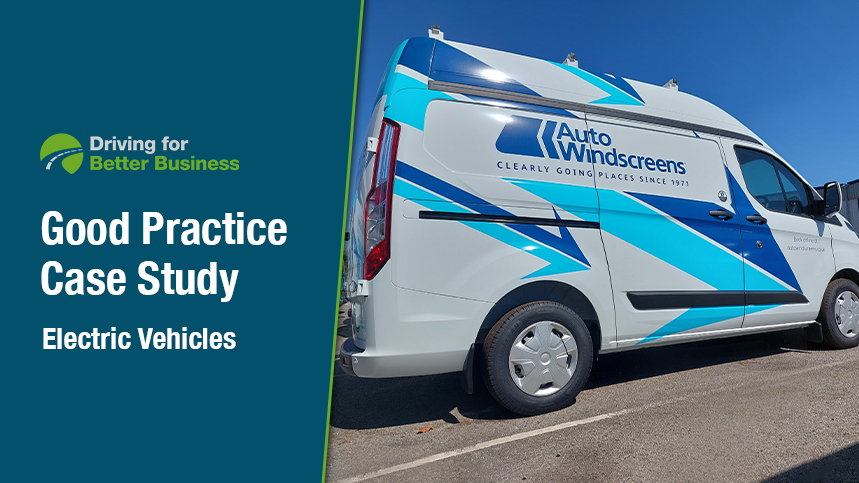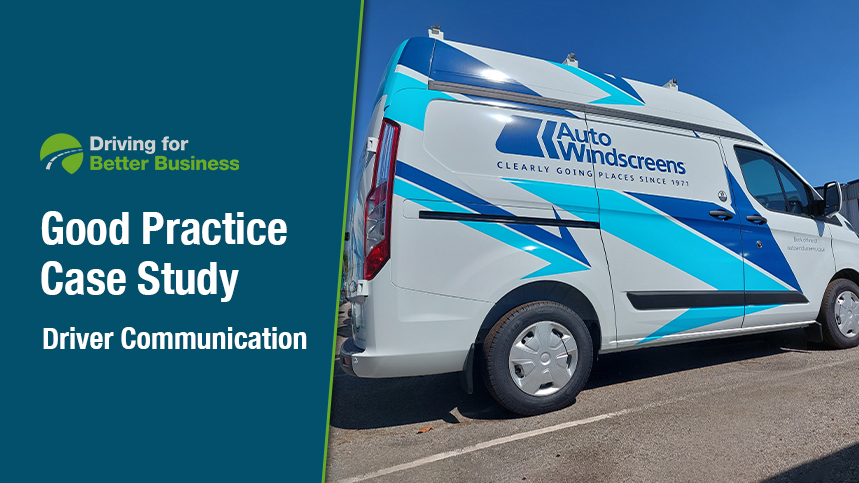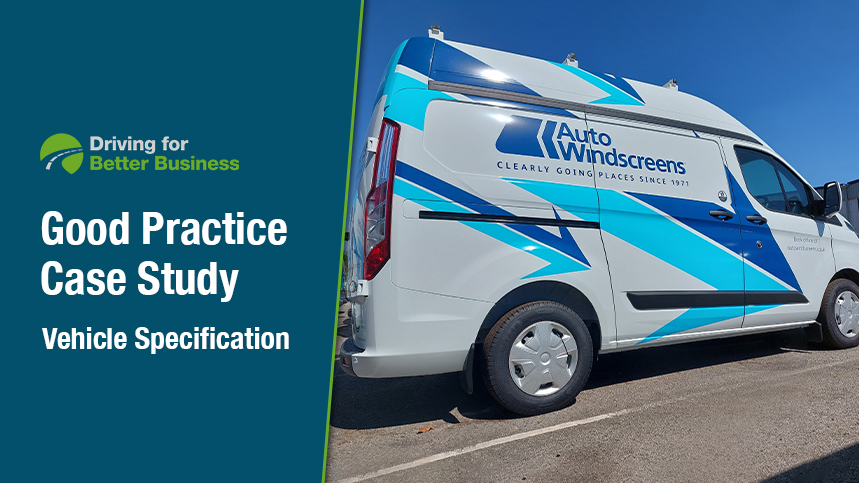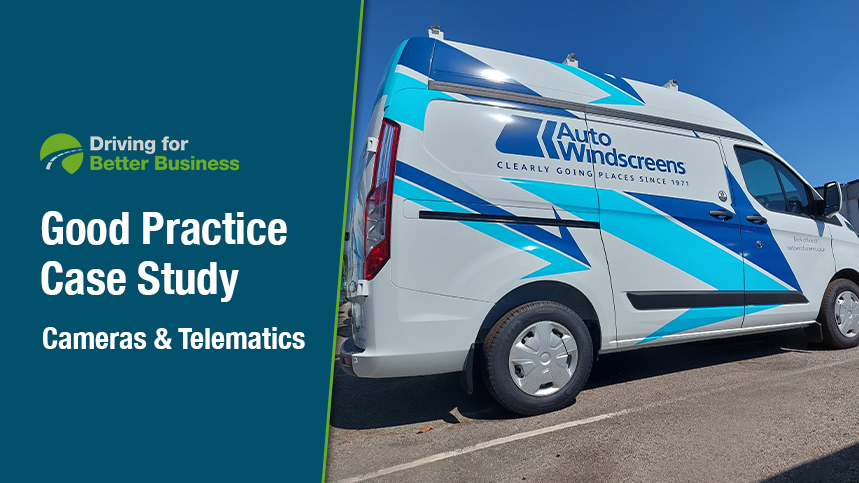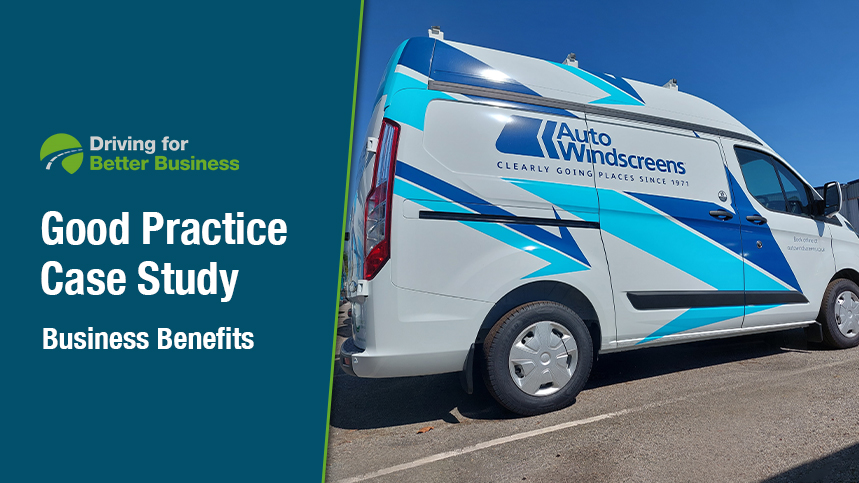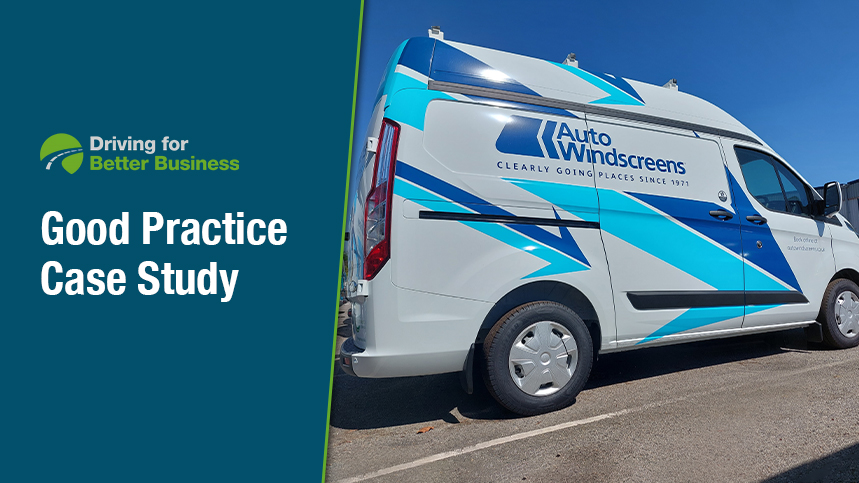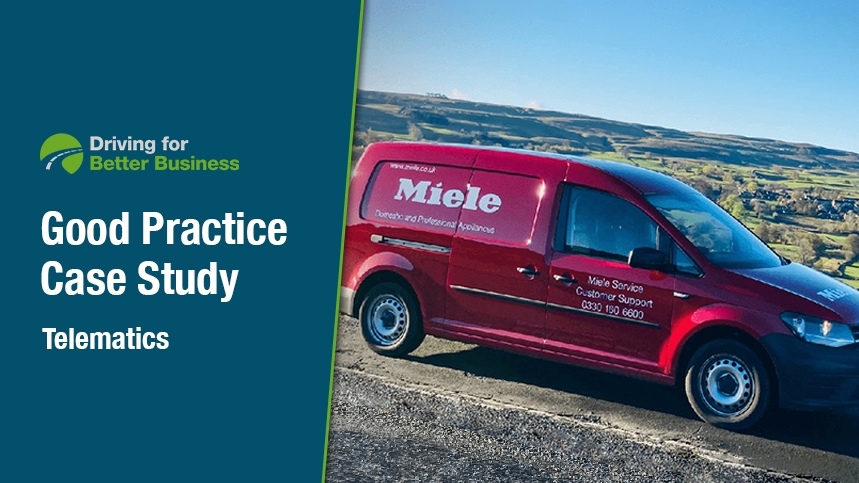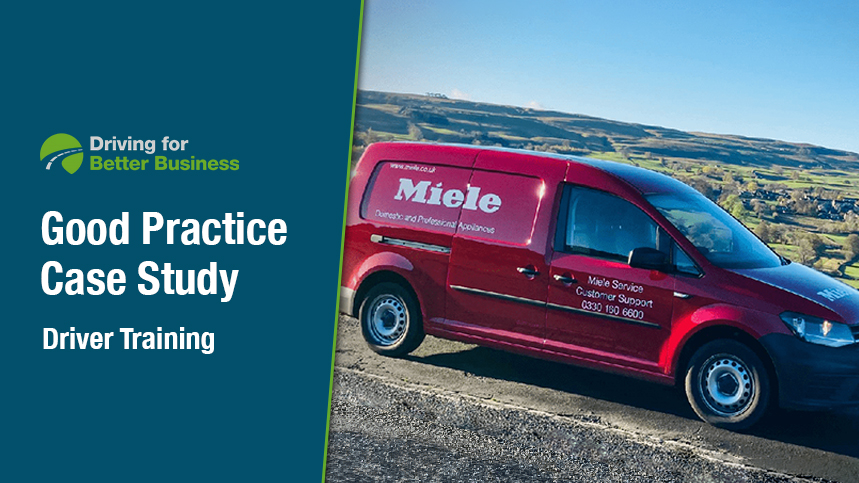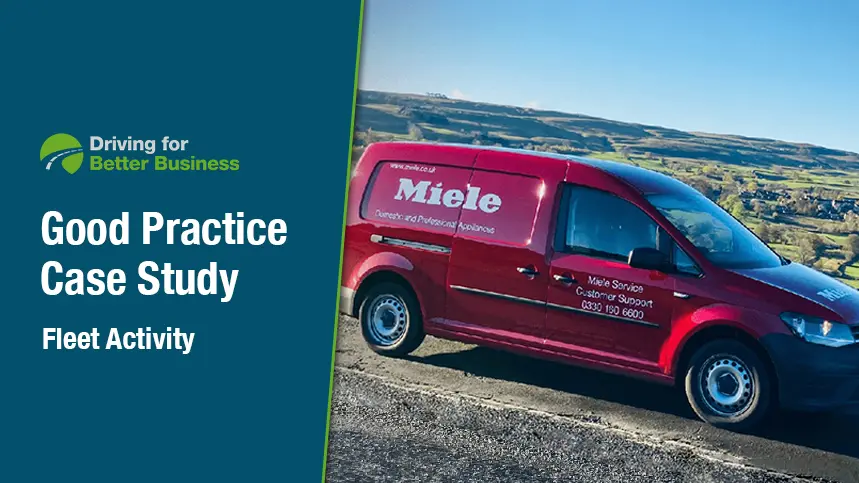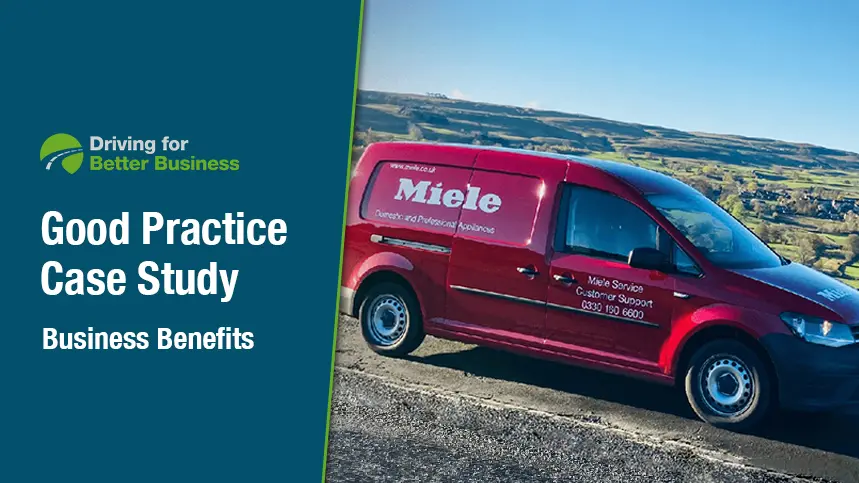Auto Windscreens – Electric Vehicles
Auto Windscreens has changed its options for company cars so that all new choices are electric and will have a fully electrified car fleet by 2026. Its van fleet will also be electrified, but the roadmap is still being finalised. Although Shaun has identified an eLCV with sufficient range, the company needs a range of

